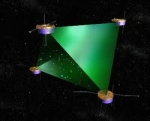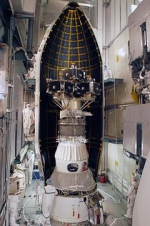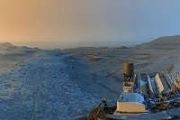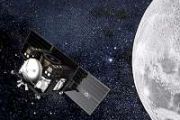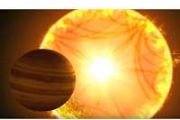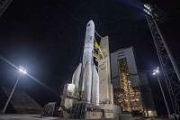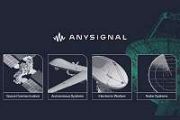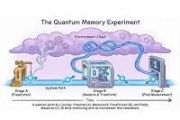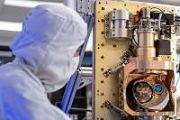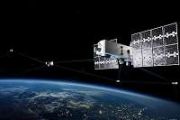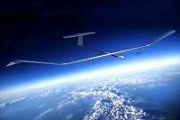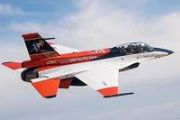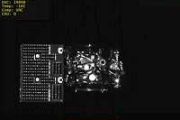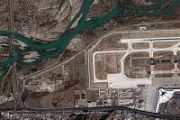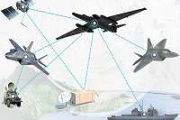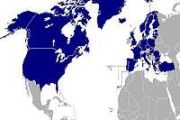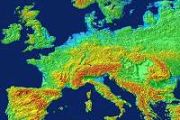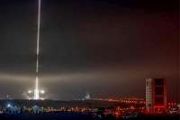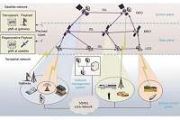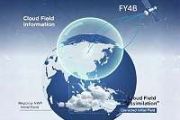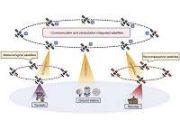Displaying items by tag: magnetosphere
TWINS mission
Two Wide-Angle Imaging Neutral-Atom Spectrometers (TWINS) are a pair of NASA instruments aboard two United States National Reconnaissance Office satellites in Molniya orbits.
TWINS was designed to provide stereo images of the Earth's ring current. The first instrument, TWINS-1, was launched aboard USA-184 on 28 June 2006. TWINS-2 followed aboard USA-200 on March 13, 2008. Each instrument consists of an energetic neutral atom imager and a Lyman alpha detector. The ENA imager provides indirect remote sensing of the ring current ions, and the Lyman alpha detector gives a measure of the neutral hydrogen cloud about the Earth, known as the geocorona.
The TWINS prime mission lasted two years, from 2008 to 2010, and has been followed by an extended mission which is ongoing (June 2013).
Magnetospheric Multiscale Mission (MMS)
The Magnetospheric Multiscale Mission (MMS) is a planned NASA unmanned space mission, to study the Earth's magnetosphere using four identical spacecraft flying in a tetrahedral formation.
This system will be deployed in 2014. It is designed to gather information about the microphysics of magnetic reconnection, energetic particle acceleration, and turbulence, processes that occur in many astrophysical plasmas.
SAMPEX
The Solar Anomalous and Magnetospheric Particle Explorer (SAMPEX) satellite was launched in July 1992 into a low earth orbit at an altitude of 520 by 670 km and 82 degrees inclination.
The satellite far exceeded its expected three-year lifetime. It has primarily operated in a three-axis stabilized mode but has also been spun for limited periods. The satellite carries four instruments designed to measure the radiation environment of the Earth's magnetosphere.
SAMPEX was an international collaboration between NASA of the United States and Germany. It was part of the Small Explorer program started in 1989.
SAMPEX science mission ended on June 30, 2004.
Cluster II (spacecraft)
Cluster II is a space mission of the European Space Agency, with NASA participation, to study the Earth's magnetosphere over the course of an entire solar cycle.
The mission is composed of four identical spacecraft flying in a tetrahedral formation. A replacement for the original Cluster spacecraft which were lost in a launch failure in 1996, the four Cluster II spacecraft were successfully launched in pairs in July and August 2000 onboard two Soyuz-Fregat rockets from Baikonur. In February 2011, Cluster II celebrated 10 years of successful scientific operations in space.
The mission has been extended until December 2012.
China National Space Administration/ESA Double Star mission operated alongside Cluster II from 2003 to 2007.
The four identical Cluster II satellites study the impact of the Sun's activity on the Earth's space environment by flying in formation around Earth. For the first time in space history, this mission is able to collect three-dimensional information on how the solar wind interacts with the magnetosphere and affects near-Earth space and its atmosphere, including aurorae.
The satellites are named Rumba, Salsa, Samba and Tango but are more commonly called Cluster 1, Cluster 2, Cluster 3 and Cluster 4 or even C1, C2, C3 and C4.
The spacecraft are cylindrical (290 x 130 cm, see online 3D model) and are spin-stabilized at 15 rotations per minute. After launch, their solar cells provided 224 watts power for instruments and communications. The four spacecraft maneuver into various tetrahedral formations to study the magnetospheric structure and boundaries. The inter-spacecraft distances can be varied from around 17 to 10,000 kilometers (km). The propellant for the maneuvers makes up approximately half of the spacecraft's launch weight.
The highly elliptical orbits of the spacecraft reach a perigee of around 4 RE (Earth radii, where 1 RE = 6371 km) and an apogee of 19.6 RE. Each orbit takes approximately 57 hours to complete. The European Space Operations Centre (ESOC) acquires telemetry and distributes to the online data centers the science data from the spacecraft.
Cluster I (spacecraft)
Cluster I was a constellation of four European Space Agency spacecraft which were launched on the maiden flight of the Ariane 5 rocket, Flight 501, and subsequently lost when that rocket failed to achieve orbit.
The launch, which took place on June 4, 1996, ended in failure due to an error in the software design caused by inadequate protection from integer overflow. This resulted in the rocket veering off its flight path 37 seconds after launch, beginning to disintegrate under high aerodynamic forces, and finally self-destructing by its automated flight termination system.
Cluster consisted of four 1,200 kilograms (2,600 lb) cylindrical, spin-stabilised spacecraft, powered by 224 watt solar cells. The spacecraft were to have flown in a tetrahedral formation, and were intended to conduct research into the Earth's magnetosphere. The satellites would have been placed into highly eliptical orbits; 17,200 by 120,600 kilometres (10,700 by 74,900 mi), inclined at 90 degrees to the equator.
Following the failure of Cluster I, four replacement Cluster II satellites were built.
THEMIS (ARTEMIS)
The Time History of Events and Macroscale Interactions during Substorms (THEMIS) mission was originally a constellation of five NASA satellites to study energy releases from Earth's magnetosphere known as substorms, magnetic phenomena that intensify auroras near Earth's poles. The name of the mission is an acronym alluding to the Titan, Themis.
Now three of the original satellites remain in the magnetosphere, while two have been moved into orbit near the Moon. Those two have been renamed ARTEMIS for Acceleration, Reconnection, Turbulence and Electrodynamics of the Moon’s Interaction with the Sun, but are also called ARTEMIS P1 (THEMIS B) and ARTEMIS P2 (THEMIS C).
The THEMIS satellites were launched February 17, 2007 from Cape Canaveral Air Force Station Space Launch Complex 17 aboard a Delta II rocket. Each satellite carries identical instrumentation, including a fluxgate magnetometer (FGM), an electrostatic analyzer (ESA), a solid state telescope (SST), a search-coil magnetometer (SCM) and an electric field instrument (EFI). Each has a mass of 126 kg, including 49 kg of fuel.
Launch date 2007-02-17 23:01:00 UTC





